Tom MacCubbinContact Reporter
A visit to the local garden center finds several different mulches but not all of them. Mulch could be those chunks of bark or maybe the long stringy shredded tree portions. There are also rubber, pine straw, wood chip and coarse compost mulches. So which is best for your landscape?
It might be interesting to note the University of Florida has performed a number of studies with mulches and all come to about the same conclusion. The best mulch is the one you like the most. They all seem to hold in moisture, keep the soil cool and help prevent weeds. It does not seem to matter whether the mulch is red, brown, yellow or tan. It does not matter if it is bark, chipped rubber or leaves. All mulches do about the same thing. So which mulch is for you.
At our house we have a big debate. Do we use pine bark which is the one my wife Joani likes or pine needles which is one of my favorites? Of course, most of the time we select pine bark my wife’s favorite. I think we each like the look of these mulches. We have used others like eucalyptus, chipped barks, yard waste and similar mulches and they are all good. But we like pine bark and pine needles. Now here is another question. Which pine bark is best?
Maybe you didn’t know pine bark comes in several sizes. Most gardeners only see the big chunks in the bags at garden centers. To us, they give a very coarse surface texture that does not blend in with as many of our plantings. Pine bark also comes in at least medium size chunks and fines. The fines are small pieces that give a very neat and uniform look to the flower beds and shrub plantings. They have recently found use in growing blueberries as they create an acid soil or growing medium. We don’t like the big chunks of bark so our landscape normally is mulched with medium or fine pine bark. Some times I sneak in pine needles and bags of saved leaves too.
Now, there are some rules to using mulches no matter which one you choose:
- No more than an inch or two in annual and perennial beds.
- Up to three inches in other planted areas.
- Use as much as you want for walkways.
- Yard waste mulches can be used for walkways but otherwise should be composted.
- Keep mulches several inches to a foot from the base of plantings.
- Use no mulch or only a thin layer over the root balls or new trees and shrubs.
- Mulches can be applied up to the edge of root balls of new trees and shrubs.
- No mulch under citrus trees or keep it way back from the trunk.
- Keep mulches a foot or more back from the foundation of your home.
Natural bark, leaves and other mulches do supply nutrients for plant growth but don’t depend on them for fertilizer.
Continue to feed your plants by sprinkling the nutrients over mulch and watering to gradually move the nutrients into the soil.
Do remember most fertilizers are formulated with carriers so some residue does remain behind. Also, do not remove mulches – just add a fresh layer as needed. Plants grow roots into mulch layers that should not be disturbed.
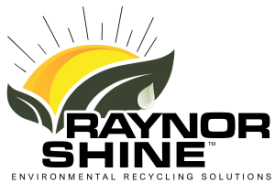
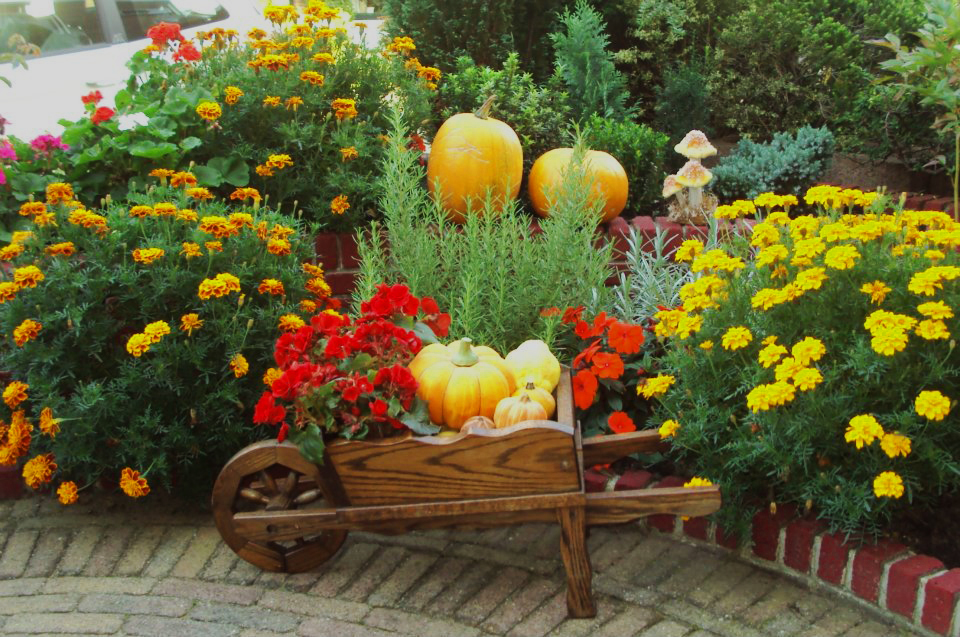
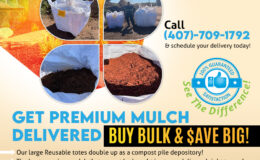
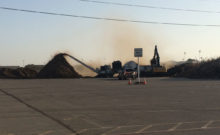
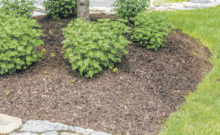
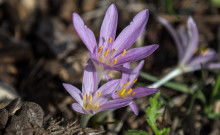
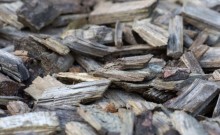
Leave a Comment
You must be logged in to post a comment.